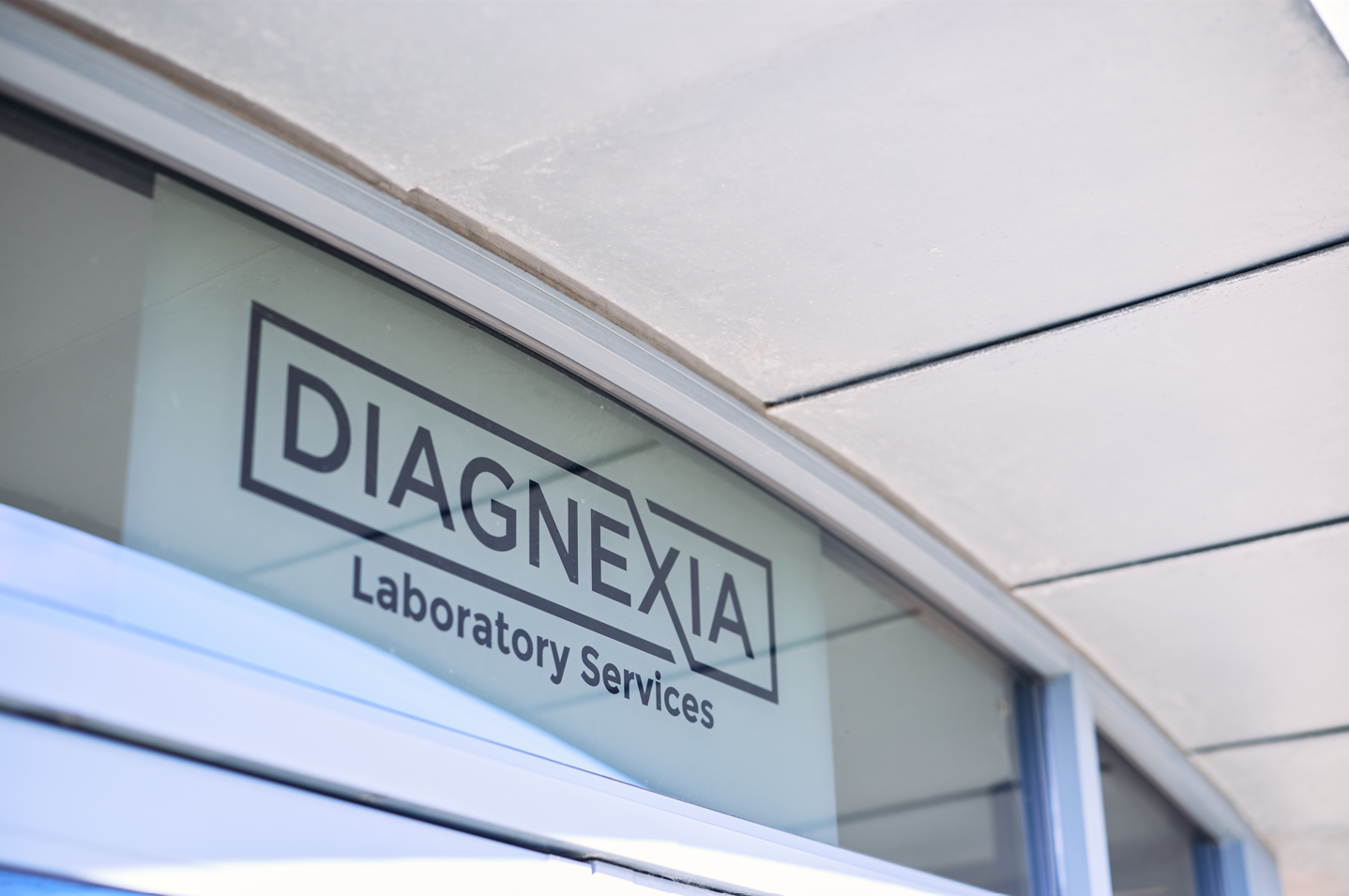I think it’s known as Amara’s law that we tend to overestimate the degree of change or innovation over a relatively short period, but underestimate over longer periods of time. It makes sense that the more we project the more difficult it becomes to really foresee the path of development. When I look back over digital pathology's development as a whole I would say this holds pretty true. The outlier is general adoption of a fully digital workflow, which if I go back to around 2000 when I first started considering this question I would have been way off the mark in predicting we would be much further ahead than we are today. When it comes to the applications of digital Pathology I think it’s fair to reflect that Amara’s law holds.
This is why I’m really excited about our collaboration with Artera. This type of test has been on many of my slides over the years under the heading of something like “Next generation digital biomarkers” with a catchy subheading of “Going beyond what Pathologists can see today!” and really these tests were only to be seen on the far right of the adoption curve way after the standard biomarker quantification tools that just about everyone was working on.
So that’s where I was wrong again, I thought IHC readouts would of course be standardised through digital analysis routinely while we wait for these next generation tests to be developed to truly change the game. The missing element of the standard digital pathology tool box has always been the “so what” in terms of improvements in patient care (it will come I remain convinced of that). So now it seems we have the game changer, before everyone is playing the game. The next generation of digital pathology is here.
.png)
Over the past few months we have been working closely with the team at Artera to enable patients in the UK to get access to their ground breaking assay. It works by unlocking the hidden morphological signature contained within these huge giga pixel digital pathology images, combining this with some basic clinical findings to give a more or less instant prognostic and predictive output for patients with localised prostate cancer. I guess it does go beyond what Pathologists can see today using new digital eyes in the form of AI.
The team and I know it won’t be an immediate transformation, like any new test it will be subject to the same rigorous real world evaluation but the prospect of integrating this into the standard of care digital workflow for prostate cancer patients, with the results available without the need for any additional testing will be transformational for Patients.
Coming back to Amara’s law, I also think these assays will act as the catalyst and finally drive the widespread transition to a full digital pathology workflow that I imagined back in 2000. So maybe I wasn’t wrong, we just need a little longer.











